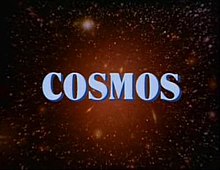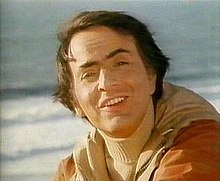
Ann Druyan is an American documentary producer and director specializing in the communication of science. She co-wrote the 1980 PBS documentary series Cosmos, hosted by Carl Sagan, whom she married in 1981. She is the creator, producer, and writer of the 2014 sequel, Cosmos: A Spacetime Odyssey and its sequel series, Cosmos: Possible Worlds, as well as the book of the same name. She directed episodes of both series.

Evangelos Odysseas Papathanassiou, known professionally as Vangelis, was a Greek keyboardist, composer, and producer of electronic, progressive, ambient, and classical orchestral music. He was best known for his Academy Award-winning score to Chariots of Fire (1981), as well as for composing scores to the films Blade Runner (1982), Missing (1982), Antarctica (1983), The Bounty (1984), 1492: Conquest of Paradise (1992), and Alexander (2004), and for the use of his music in the 1980 PBS documentary series Cosmos: A Personal Voyage by Carl Sagan.

The Voyager Golden Records are two identical phonograph records, one of each which was included aboard the two Voyager spacecraft launched in 1977. The records contain sounds and images selected to portray the diversity of life and culture on Earth, and are intended for any intelligent extraterrestrial life form who may find them. The records are a time capsule.

The Toccata and Fugue in D minor, BWV 565, is a composition for organ by, according to the oldest sources, German composer Johann Sebastian Bach and is one of the most widely recognisable works in the organ repertoire. Although the date of its origin is unknown, scholars have suggested between 1704 and the 1750s. The piece opens with a toccata section followed by a fugue that ends in a coda, and is largely typical of the north German organ school of the Baroque era.

Toccata is a virtuoso piece of music typically for a keyboard or plucked string instrument featuring fast-moving, lightly fingered or otherwise virtuosic passages or sections, with or without imitative or fugal interludes, generally emphasizing the dexterity of the performer's fingers. Less frequently, the name is applied to works for multiple instruments.

Pachelbel's Canon is an accompanied canon by the German Baroque composer Johann Pachelbel. The canon was originally scored for three violins and basso continuo and paired with a gigue, known as Canon and Gigue for 3 violins and basso continuo. Both movements are in the key of D major. Although a true canon at the unison in three parts, it also has elements of a chaconne. Neither the date nor the circumstances of its composition are known, and the oldest surviving manuscript copy of the piece dates from 1838 to 1842.
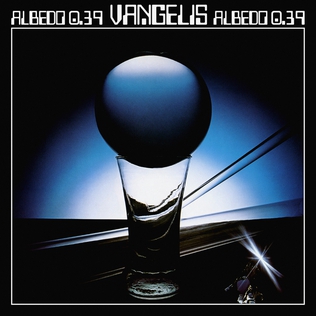
Albedo 0.39 is a studio album by the Greek electronic composer Vangelis, released in 1976. It was the second album produced by Vangelis in Nemo Studios, London, which was his creative base until the late 1980s. It contrasts with his previous album, Heaven and Hell, which was classically inspired and choral, while Albedo 0.39 has blues and jazz overtones. It was his first Top 20 UK album.

Heaven and Hell is a studio album by Greek electronic composer Vangelis, released in November 1975 on RCA Records. It is the first album recorded at his Nemo Studios in London that he used until 1987. It is a concept album based on duality.
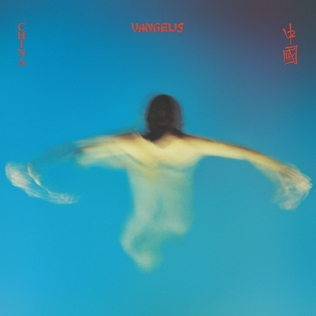
China is a studio album by the Greek electronic composer Vangelis, released in April 1979. Although he had never been to China, he employed Chinese instruments and compositional styles on this concept album. It was thematically ahead of its time as the eastern cultural concepts were mostly unknown to the western audiences. The album received some critical praise. It was certified silver (1985) for sales of over 60,000 copies by BPI.
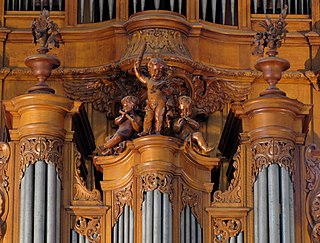
The Eight Short Preludes and Fugues, BWV 553–560, are a collection of works for keyboard and pedal formerly attributed to Johann Sebastian Bach. They are now believed to have been composed by one of Bach's pupils, possibly Johann Tobias Krebs or his son Johann Ludwig Krebs, or by the Bohemian composer Johann Caspar Ferdinand Fischer.

L'Apocalypse des animaux is a soundtrack album by Greek composer Vangelis. The album's music accompanied a documentary series about the animal kingdom directed by Frédéric Rossif that was first broadcast on French TV in 1970.

The Great Eighteen Chorale Preludes, BWV 651–668, are a set of chorale preludes for organ prepared by Johann Sebastian Bach in Leipzig in his final decade (1740–1750), from earlier works composed in Weimar, where he was court organist. The works form an encyclopedic collection of large-scale chorale preludes, in a variety of styles harking back to the previous century, that Bach gradually perfected during his career. Together with the Orgelbüchlein, the Schübler Chorales, the third book of the Clavier-Übung and the Canonic Variations, they represent the summit of Bach's sacred music for solo organ.

The Symphony of Science is a music project created by Washington-based electronic musician John D. Boswell. The project seeks to "spread scientific knowledge and philosophy through musical remixes." Boswell uses pitch-corrected audio and video samples from television programs featuring popular educators and scientists. The audio and video clips are mixed into digital mashups and scored with Boswell's original compositions. Two of Boswell's music videos, "A Glorious Dawn" and "We are All Connected", feature appearances from Carl Sagan, Richard Feynman, Neil deGrasse Tyson, Bill Nye, and Stephen Hawking. The audio and video is sampled from popular science television shows including Cosmos, The Universe, The Eyes of Nye, The Elegant Universe, and Stephen Hawking's Universe.

"Ach Gott, vom Himmel sieh darein" is a Lutheran chorale of 1524, with words written by Martin Luther paraphrasing Psalm 12. It was published as one of eight songs in 1524 in the first Lutheran hymnal, the Achtliederbuch, which contained four songs by Luther, three by Speratus, and one by Justus Jonas. It was contained in 1524 in the Erfurt Enchiridion. It is part of many hymnals, also in translations. The text inspired vocal and organ music by composers such as Heinrich Schütz, who set it as part of his Becker Psalter, and Johann Sebastian Bach, who based a chorale cantata on it. Mozart used one of its tunes in his opera The Magic Flute.

Himmelskönig, sei willkommen, BWV 182, is a church cantata by Johann Sebastian Bach. He composed it in Weimar for Palm Sunday, and first performed it on 25 March 1714, which was also the feast of the Annunciation that year.
Hana Blažíková is a Czech soprano and harpist. She is focused on Medieval, Renaissance and Baroque music, appearing internationally. She has recorded as a member of the Bach Collegium Japan, among many others.
"Standing Up in the Milky Way" is the first aired episode of the American documentary television series Cosmos: A Spacetime Odyssey. It premiered on March 9, 2014, simultaneously on various Fox television networks, including National Geographic Channel, FX, Fox Life, and others. The episode is presented by the series host astrophysicist Neil deGrasse Tyson, directed by Brannon Braga, produced by Livia Hanich and Steven Holtzman, and written by Ann Druyan and Steven Soter.
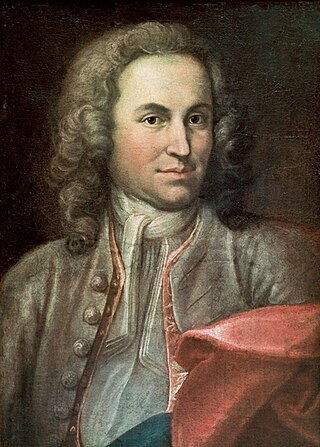
Johann Sebastian Bach started composing cantatas around 1707, when he was still an organist in Arnstadt. The first documented performances of his work took place in Mühlhausen, where he was appointed in 1708.

Cosmos: Possible Worlds is a 2020 American science documentary television series that premiered on March 9, 2020, on National Geographic. The series is a follow-up to the 2014 television series Cosmos: A Spacetime Odyssey, which followed the original Cosmos: A Personal Voyage series presented by Carl Sagan on PBS in 1980. The series is presented by astrophysicist Neil deGrasse Tyson, written, directed, and executive-produced by Ann Druyan and Brannon Braga, with other executive producers being Seth MacFarlane and Jason Clark.
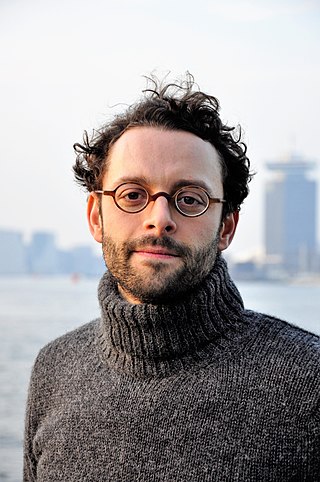
Benjamin Alard is a French classical organist, harpsichordist and clavichordist.
